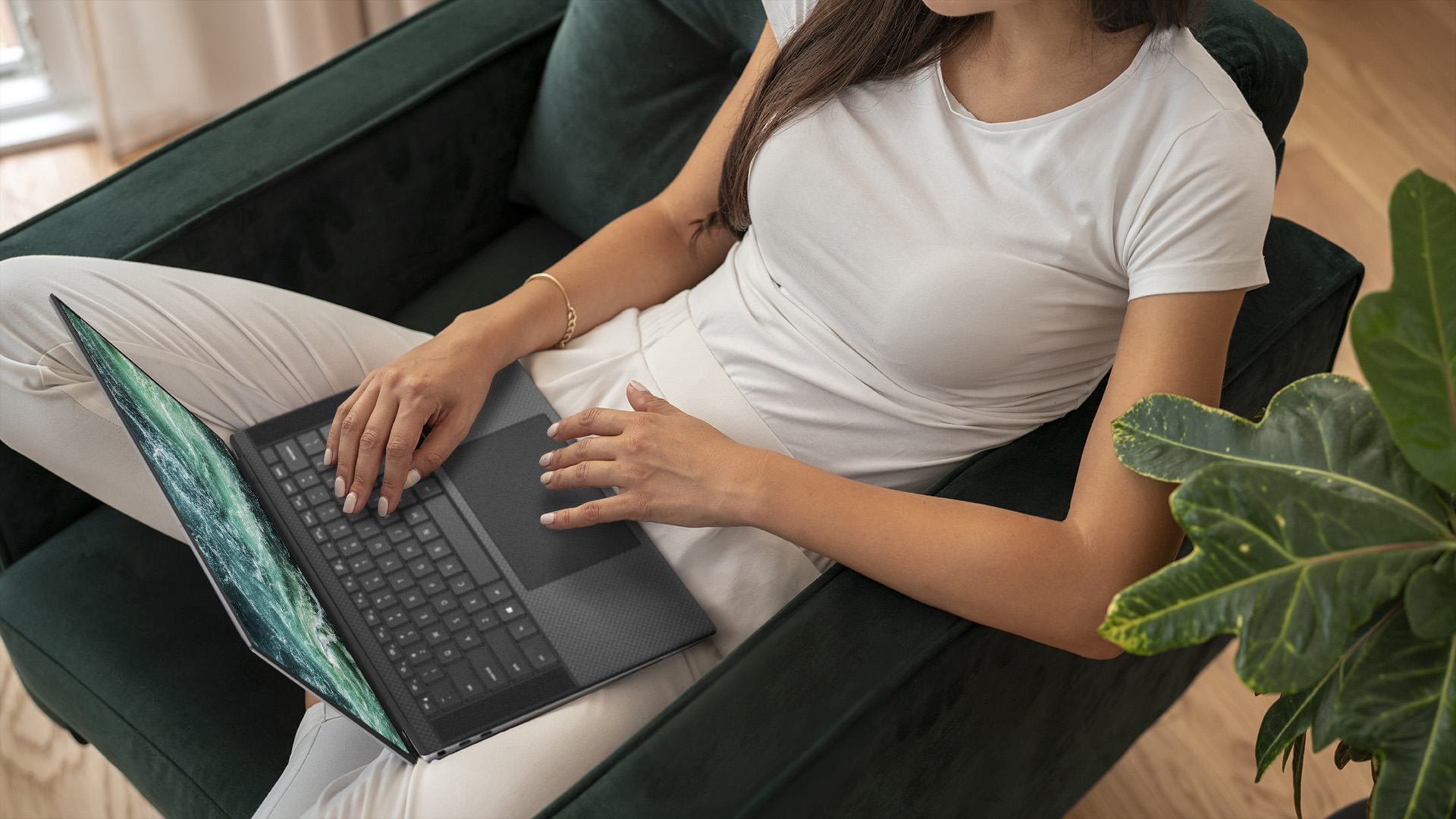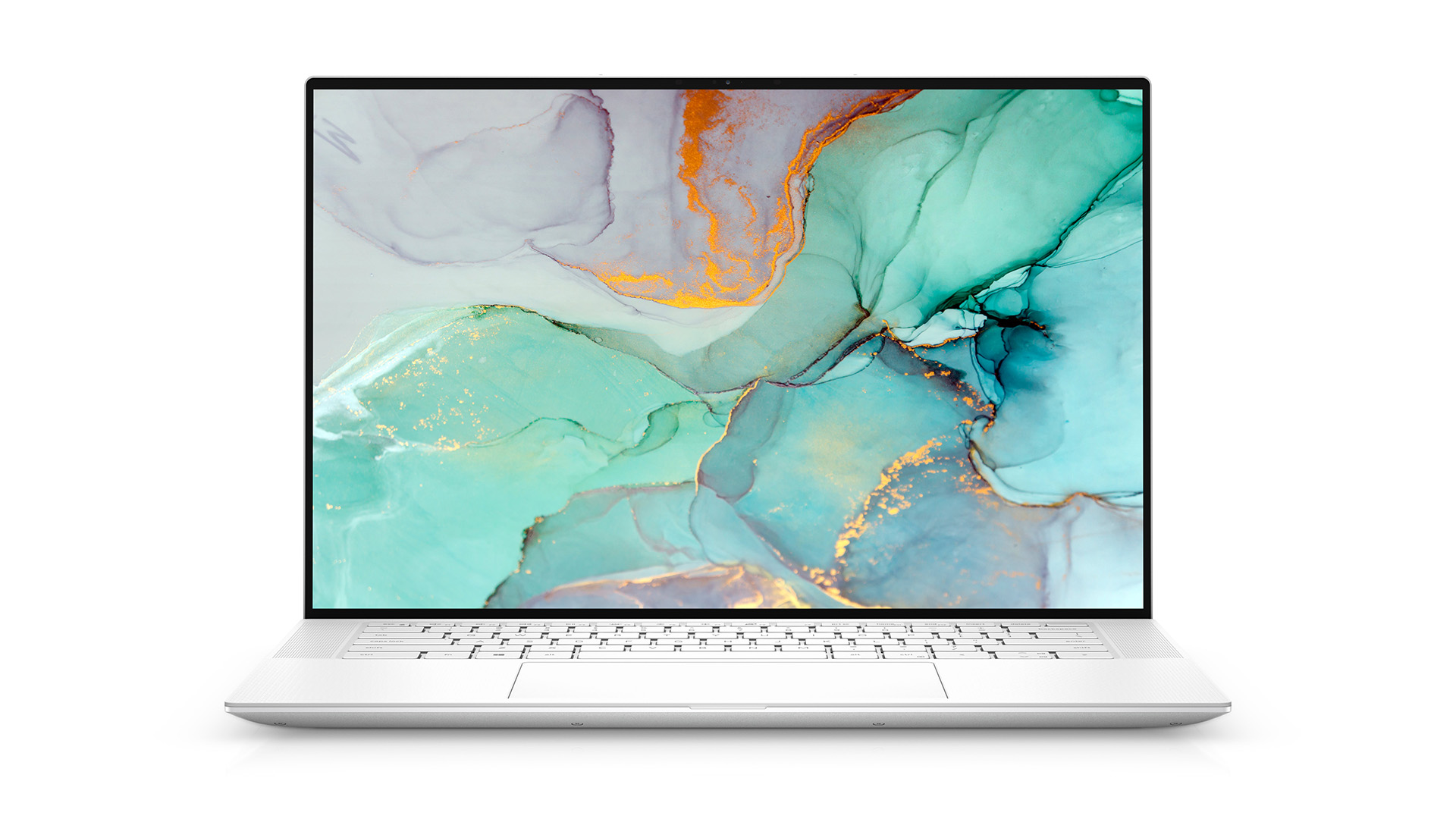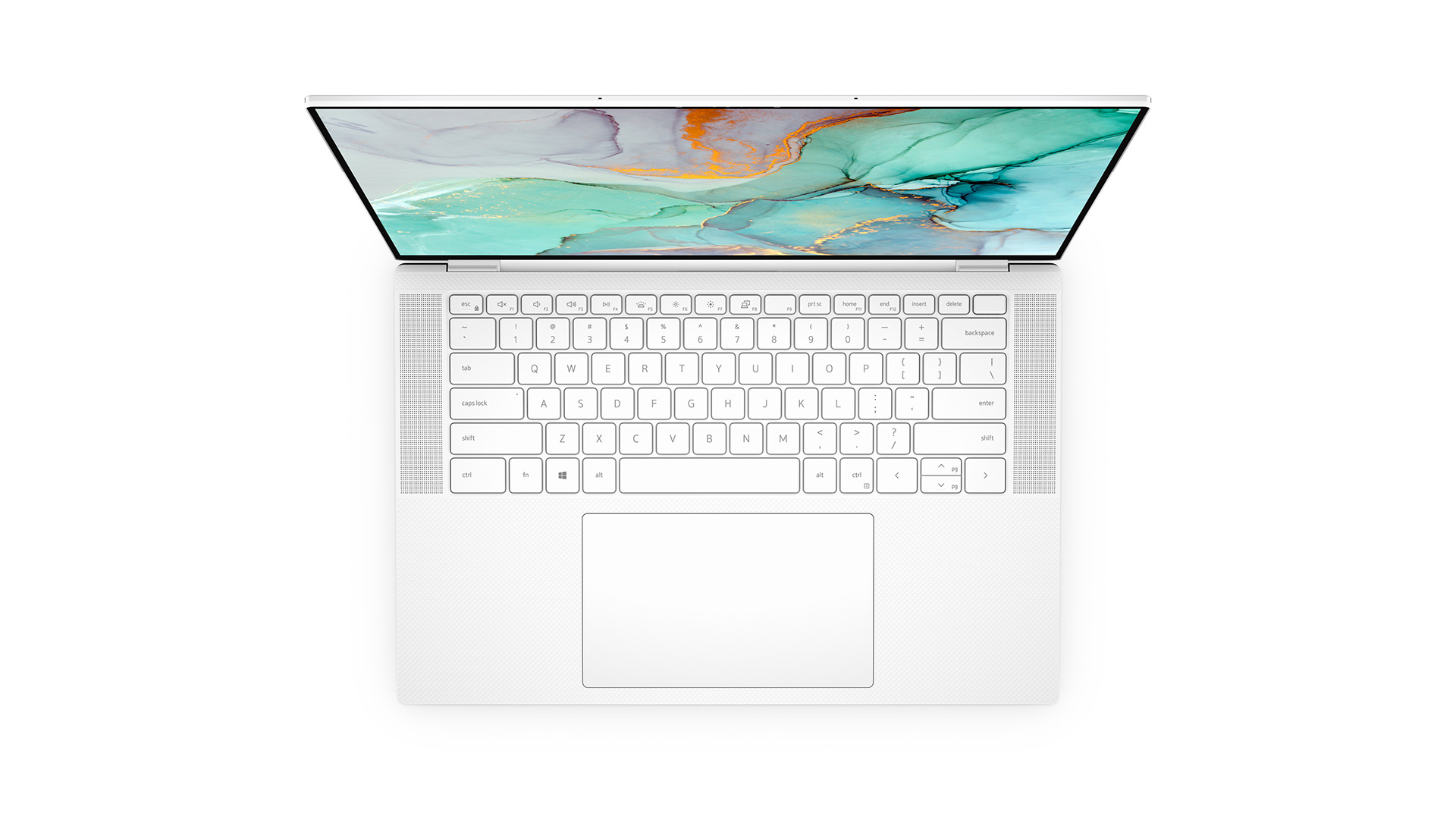Dell XPS 15 9510 OLED review: big and powerful computing
Dell’s latest 15-inch XPS gets an upgrade that keeps it on the cutting edge, including an excellent screen


A powerful 15-inch laptop with a gorgeous organic LED screen and upgraded processor and GPU, the XPS 15 9510 has it all, and for a fair price
-
+
Gorgeous OLED screen
-
+
Long battery life
-
+
Powerful processor makes short work of big tasks
-
-
Short gaming battery life
Why you can trust T3

I loved the Dell XPS 13 9310, especially the wonderful organic LED screen. Sometimes, you need a little bit more space, though, which is where the XPS 15 9510 comes in. It ups the screen size for the gorgeous OLED screen to 15.6 inches across the diagonal, and upgrades the internals to add the 11th generation of Intel i7 CPU and an NVidia RTX 3050 Ti GPU to give it some decent gaming kick.
Dell XPS 15 9510 OLED review: pricing and availability
The XPS 15 9510 was launched in August 2021, replacing the XPS 15 9500. Prices start at $1273/£1399/AU$2999 for a model with an i5 CPU and FHD screen. My review model, with the i7 CPU, NVidia 3050Ti GPU and the 3.5K OLED screen is priced at $2351.99/£2098.99/AU$3999.
Make sure you check our Dell discount codes to save on your order.

Dell XPS 15 9510 OLED review: Screen and design
The highlight of this new iteration of the XPS 15 is the 15.6-inch organic LED display. This has a resolution of 3456 by 2160 pixels, which is just a bit below the resolution of a 4K TV. Dell refers to this as a 3.5K display. There is an option for a 4K screen for the same money, but this uses a more standard LCD display. This OLED display is worth the slight reduction in resolution, though: it has the same deep, clean blacks and bright, clear colors as the XPS 13.
This 16:10 aspect ratio OLED display covers 100% of the Adobe RGB color gamut and 94% of the wider DCI-P3 gamut, which means that it can produce a wider range of colors than most laptop displays. That’s great for photographers and filmmakers, but it is also great for movie watchers, as it can easily reproduce the range of colors in 4K movies (albeit not quite at full resolution) and is compatible with HDR for gaming and movie watching.
The keyboard of the 9510 is large and comfortable, with two large speakers at either side that produce good sound with clear highs and loud, booming lows. The huge 6-inch-wide touchpad under the keyboard is a little large, if anything. I found myself straining my fingers to use the bottom right corner for a right click sometimes. You can, of course, do this easier with a two-finger touch, but having a touchpad bigger than some laptops I have used takes a bit of getting used to.
My review model of the 9510 was in the arctic white color scheme, which is very attractive, with textured panels alongside the touchpad providing a comfortable wrist rest. My only complaint is that the white tends to show off the amount of cat hair I have floating around my house, but that is hardly Dell's fault.
Get all the latest news, reviews, deals and buying guides on gorgeous tech, home and active products from the T3 experts
One thing that is definitely Dell's fault is the weight and size of this laptop: it weighs in at a hefty 4.3lbs (1.95kg), not including the large 130-Watt power adapter. This adds another 0.9lbs (400g), so you are looking at a total travelling weight of over 5lbs (2.3kg), which can get somewhat heavy on a long day.
That large body does give more room for ports: the XPS 15 includes two ThunderBolt 4 and an SD Card slot on the left edge, one USB-C and a Kensington lock slot on the right. That’s a decent number of connections, and it also allows you to plug the power cable on either side of the body, which makes using it on your lap with a power socket to one side easier.

Dell XPS 15 9510 OLED review: performance
I found that the XPS 15 9510 had plenty of performance under the hood: the Intel i7 11800H processor with eight cores and 16GB of RAM scored an excellent 6030 on the PC Mark 10 Office benchmark. That is a significant step up from its smaller sibling, the XPS 13, which scored 5115. That’s mostly down to the extra cores: this CPU has eight cores running at 2.3GHz, with a peak speed of 4.6GHz. Our review model was fitted with a speedy 512GB NVMe SSD that also helped speed things along.
This extra speed bump will mean a lot to users like photographers and video editors, as the extra oomph can shorten render times and make editing smoother. It also adds a bit more zip to tasks like crunching spreadsheets that rely on processing power and disk speed.
Speaking of oomph, the other upgrade the XPS 15 offers is the option of a separate GPU. My review unit came with the top-of-the-line Nvidia 3050 Ti with 4GB of DDR6 RAM. Before you get too excited, this is the laptop model of this GPU, which is less powerful than its desktop cousin. It draws less power, using 45 Watts maximum rather than the 90 Watts that the desktop version of this GPU uses. So, you won’t see the same performance as the desktop 3050 Ti.
The XPS 15 is certainly no gaming slouch, though. It managed a very respectable 3D Mark 10 score of 4640, and I found that Doom Eternal running at the native refresh rate of the OLED display managed between 30 and 40 frames per second, which is enough for very smooth gameplay. Doom Eternal also looked great on this display. The high contrast of the saturated colors in blood spatters and deep blacks added to the oppressive look of the game without making it look gloomy.
It does get a little toasty when running games, though. The aluminum base of the case gets rather warm, and the fans that suck air through the many inlets on the rear of the base of the case are rather noisy in gaming.

Dell XPS 15 9510 OLED review: battery life
I tested the battery life of the 9510 by running the PC Mark 10 battery test, which lasted an impressive 8 hours and 29 minutes. I ran this test with the screen set at a level of about 200 Cd/m2, about half of the maximum brightness it can manage. It is also worth noting that this battery test doesn’t strain the processor, so the battery life will be shorter if you are doing anything more arduous, especially playing games. For example: I found that half an hour of Doom Eternal mayhem used up 40% of the battery charge. So, you’ll get just over an hour of battery-powered gaming, which isn’t long.
Dell XPS 15 9510 OLED review: Verdict
The Dell XPS 15 9510 offers a lot of features, including cutting-edge processor performance and a bright, clear 15-inch OLED screen that makes your content look great. The step up to the larger screen has some downsides, though. The laptop is much bigger and heavier than the XPS 13, and it is much more expensive – especially with the OLED display and NVidia 3050 Ti GPU. But that’s a reasonable price for such a feature-filled package that puts some real performance in a portable.
Dell XPS 15 9510 OLED review: also consider
The Gigabyte Aero 15 has the same size and resolution OLED screen. It scored a little higher than the XPS 15 in most tests, thanks to the inclusion of an NVidia 2070 GPU but it’s also more expensive.
If you are looking for something that offers similar gaming performance, but is also more portable, consider the Asus Republic of Gamers X13 Flow, which comes with a plug-in dock that adds a laptop 3080 GPU to the small and svelte 13-inch laptop. It’s a compelling package if you are going to be gaming at home, but working on the road, as the laptop is much lighter than the beefy XPS 15.

Richard Baguley has been writing about technology since the 1990s, when he left a promising career in high finance to work on Amiga Format magazine for Future. It has been downhill for him ever since, writing for publications such as PC World, Wired and Reviewed.com. He has tested gadgets as diverse as 3D printers to washing machines. For T3, he covers laptops, smartphones, and many other topics. He lives near Boston in the USA with his wife, one dog, and an indeterminate number of cats.